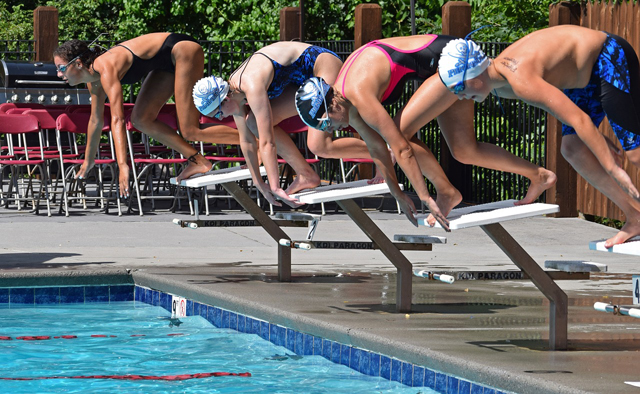
A recent open letter by some of Australia’s greatest athletes has pleaded for more funding for Australian sport. The appeal is that more money means more kids playing sport, less obesity and more kids moving up to elite levels. And this means more gold for Australia on the medal tally.
The appeal starts, “As a group of Australians who enjoyed the great privilege of representing our country at the highest level, we feel it’s time to speak out about the great uncertainty that surrounds Australia’s sporting future.
Our reputation as a sporting nation and as a nation of healthy, optimistic people is under threat.
Sport is being asked to contribute more and more. To tackle obesity and disease. To unite our nation in pride and even to create bonds of friendship around the globe where diplomacy has failed.”
Sport asked to do more
This is true. Sporting clubs receive funding based on their willingness to comply with government regulations. These rules require sporting clubs to run various programs such as on mental health, sensible use of alcohol, performance enhancing drugs, diet and nutrition, community inclusiveness, and many others. Government knows that sport in Australia is vital for influencing Australian culture.
It is interesting to note that in years past many of these virtues were expected to be taught at schools, within families and in church.
But does participation equal more gold?
The letter continues, “But as sport is being asked to do more, funding for sport declines each and every year. We slip further behind the rest of the world and we wonder why.” It is at this point that a problem arises. Recent sport science research has questioned the age-old logic that kids progress linearly from sport participation up the ladder to gold medal winners.
This approach has been the road map for Olympic glory for generations. That is, get a big pool of kids into a sport and progress them through the process until you have either fit adults or Olympic champions at the end.
The research, however, says it does not happen like that anymore. Moreover, some suggest it never did and was more about producing champions rather than healthy Australians.
Some explain that children today are constantly trying different sports like trying different food at a buffet. They don’t focus on eating one but love the varied. Even some of the research suggests adults today are similar. They try indoor netball for a few seasons then fun runs then a few triathlons etc.
The motivation for all is about fitness, social interaction and fun over any dream of gold medals. This approaches produces healthy adults but does not allow a young athlete the years of constant preparation they need to refine their skills and become world standard.
A new generation
The old model requires kids to play one sport for many years until they are world beaters and some researchers say the new generation is less likely than ever before to do this. So there could be a problem when the open letter explains,
“Sport is not a charity case. It is an investment in our national wellbeing. High performance encourages participation. Participation produces healthy outcomes for children and adults alike.”
Is sporting success today as simple as getting more kids involved in sport? Do pathways to elite sport contradict with a journey for healthy adults? There appears to be more than a nice linear progression and one worth exploring in more detail.
 Jeremy Dover is a former sports scientist and Pastor
Jeremy Dover is a former sports scientist and Pastor
Jeremy Dover's previous articles may be viewed at https://www.pressserviceinternational.org/jeremy-dover1.html
And https://www.pressserviceinternational.org/jeremy-dover.html

Jeremy Dover is a former sports scientist and Pastor
Jeremy Dover's previous articles may be viewed at https://www.pressserviceinternational.org/jeremy-dover1.html
And https://www.pressserviceinternational.org/jeremy-dover.html